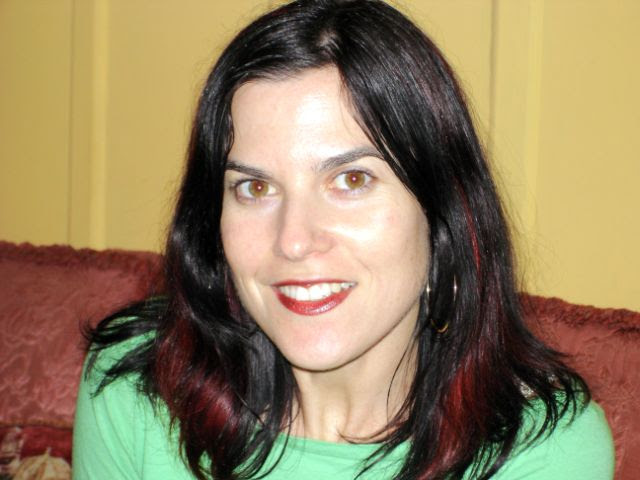THEory into ACTion
A Bulletin of New Developments in Community Psychology Practice
December, 2014
December, 2014
Mary C. Benton, Seattle
Developing safe routes for children to commute to and from school is obviously important from a public safety perspective. However, the implications extend beyond just issues of safety and accessibility. Active commuting can play an important role in student health and readiness to learn. For example, children who actively commuted to school showed lower levels of body fat and obesity (Mendoza et al., 2011). Additional research has demonstrated better academic performance and better attendance (Letsmoveschools.org, 2014) among those who actively commute.
From the beginning, community involvement is at the heart of the SRTS grant program. Indeed, inclusion into the program requires that the members of the school apply for the grant. Once accepted, the school community remains an active participant throughout the process, partnering with key government and community organizations to help make active commutes safer and more enjoyable. This is where Feet First comes in.
Feet First, Washington’s only pedestrian advocacy nonprofit organization, works to ensure that all communities across Washington are walkable (Feet First, 2014). And one of the most unique things they do is something called a “walking audit” – an assessment of the municipal geography, the routes pedestrians take, and the obstacles they face in walking and biking. For the SRTS grant, Feet First organized a walking audit for each school and surrounding neighborhoods. Participants were given clipboards and maps of commute routes; children were given digital camera: and all were instructed to record their observations on a worksheet. Members of the community who were unable to participate in the walking audit were given worksheets electronically so they could submit their observations.
According to Quinn, the key to a successful audit is involving the local residents – people who know the area, who live or work there, and know what it’s like to walk or bike around the neighborhood. In the case of the SRTS program, community members, parents, teachers and students were encouraged to join in and share their observations and feedback during the walking audit. Says Quinn, “It makes a big difference having the school principal on the walk. Experiencing the walk first hand has greater impact than simply receiving a copy of the walking audit”. Participating in the walking audit engenders more buy-in and ownership of the program for all who participate.
At the end of the audit, Feet First compiled a report based on the feedback provided; the report is used to identify and prioritize commute improvements. Improvements are subject to community input and span a wide range of solutions and project partners. Solutions included engineering improvements such as sidewalks and curb bulbs from the Seattle Department of Transporation (SDOT), increased enforcement of speed limits in school zones from the Seattle Police Department (SPD), and encouraging local residents to trim vegetation to improve vehicle and pedestrian sightlines.
Approaches and solutions are individualized for each school community depending on the strengths, needs and challenges. For example, one of the schools is located at the top of a steep hill with a 70-foot elevation change. Obviously, walking and biking to this school presents unique challenges requiring innovative solutions. The result is Hike and Bike Fridays where student bike trains are led by the school physical education teacher and volunteers from the Cascade Bicycle Club (another community partner) from the local coffee shop (this is Seattle) up the hill and to school.
At another school, barriers to a safe route to school were transformed into a community strength. One of the main routes to school was through a park where there were crime concerns. Instead of simply avoiding the park, the local community center, White Center Community Development Association (WCCDA), whose goals include helping parents get involved in their children’s education and helping them understand how to work within the school to effect change, established a parent-led Walking School Bus through the park. A Walking School Bus is a group of children walking to school with one or more adults. The Walking School Bus had many benefits including empowerment of multilingual, multicultural families and the attainment of greater community connections in addition to creating a safer route to school.
Regardless of the school, the one constant in the SRTS Program is community involvement in all steps of the process: from grant application, to walking audit, and to approaches and solutions. The community IS the client. Which makes sense because they are the ones experiencing the environment well beyond the school day.
Works Cited:
Let’s Move Schools. (2014) Retrieved from http://www.letsmoveschools.org/assets/lmas-
partner-infographic.pdf
Mendoza, J. A., Watson, K., Nguyen, N., Cerin, E., Baranowski, T., & Nicklas, T. A. (2011). Active commuting to school association with physical activity and adiposity among US youth. The Journal of Physical Activity and Health, 8, 488-495.
This is one of a series of bulletins highlighting the use of community psychology in practice. Comments, suggestions, and questions are welcome. Please direct them to Bill Berkowitz at Bill_Berkowitz@uml.edu.










